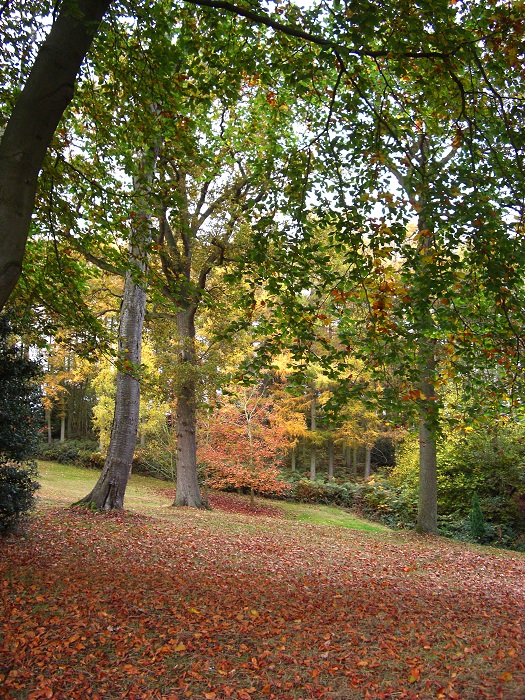

At the base of the stalk of the leaf (petiole), a special layer of cells forms ( the abscission layer). The carotenoids (like β-carotene) absorb light in the visible region of the green/blue spectrum, so the yellow and red wavelengths are reflected back to us - giving an orange colour.Īt the same time as these colour changes occur in the leaf, so other changes take place. As the chlorophyll in the leaves begins to break down so the yellow and orange pigments begin to show through. The carotenes and xanthophylls are yellow and orange but these colours are usually masked by the green of the chlorophyll. The anthocyanin can join up with sugars giving a red colour (like that seen in an ripening apple). These colours are associated with different pigments, the carotenes, xanthophylls and the anthocyanins. The green colour of the chlorophyll is lost and a variety of other colours emerge - reds, oranges and yellows. So the leaves are ‘discarded’ but before that happens they change colour.

#Colours of autumn plus
The leaves of a tree become a liability in that they would make use of the reserves that the tree has stored away for hard times, plus the leaves offer resistance to the winds of winter so a tree is more likely to sustain damage ( see video clip below) - branches ripped from the stem or the tree may even be uprooted. Low temperature and low light intensity mean that metabolism slows right down. Their photosynthetic abilities are in decline as winter is not conducive to photosynthesis and growth. It is now ‘officially’ Autumn, the leaves of deciduous trees have ‘done their job’.


 0 kommentar(er)
0 kommentar(er)
